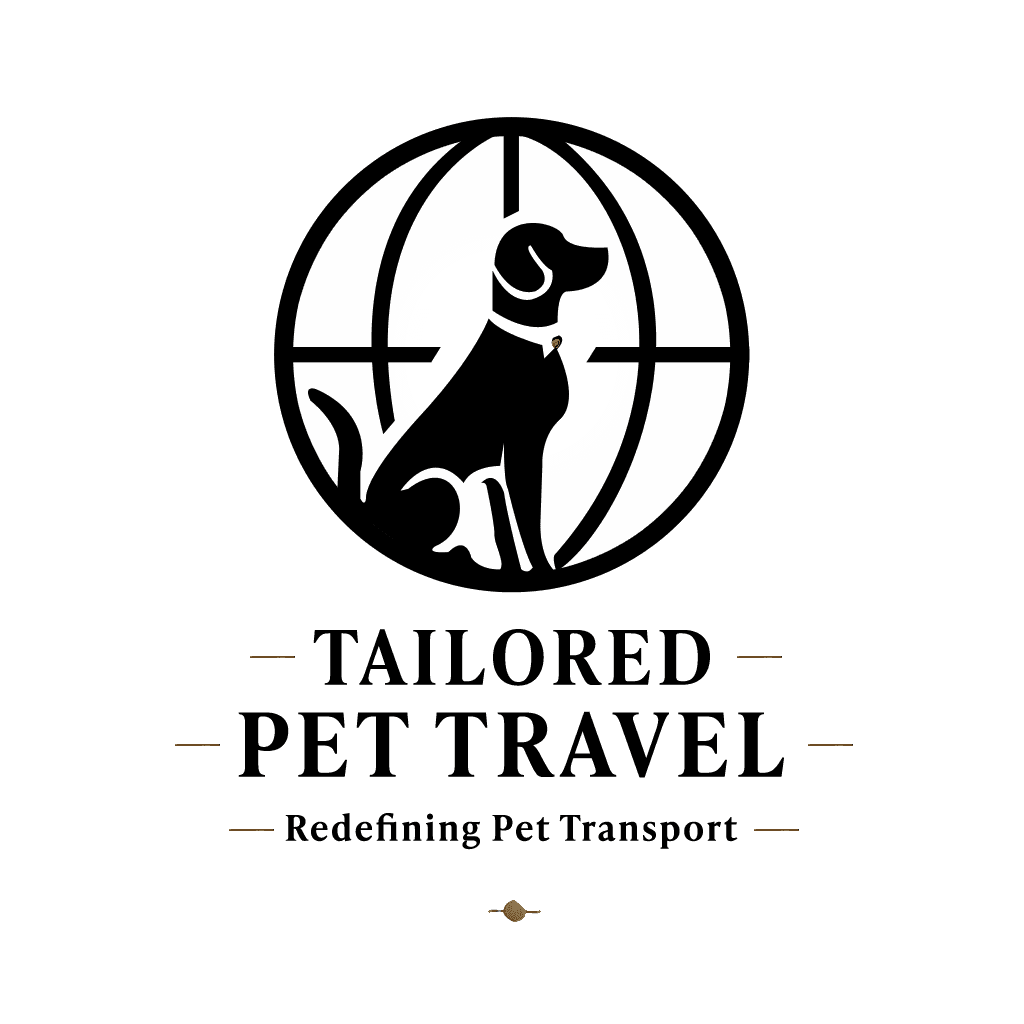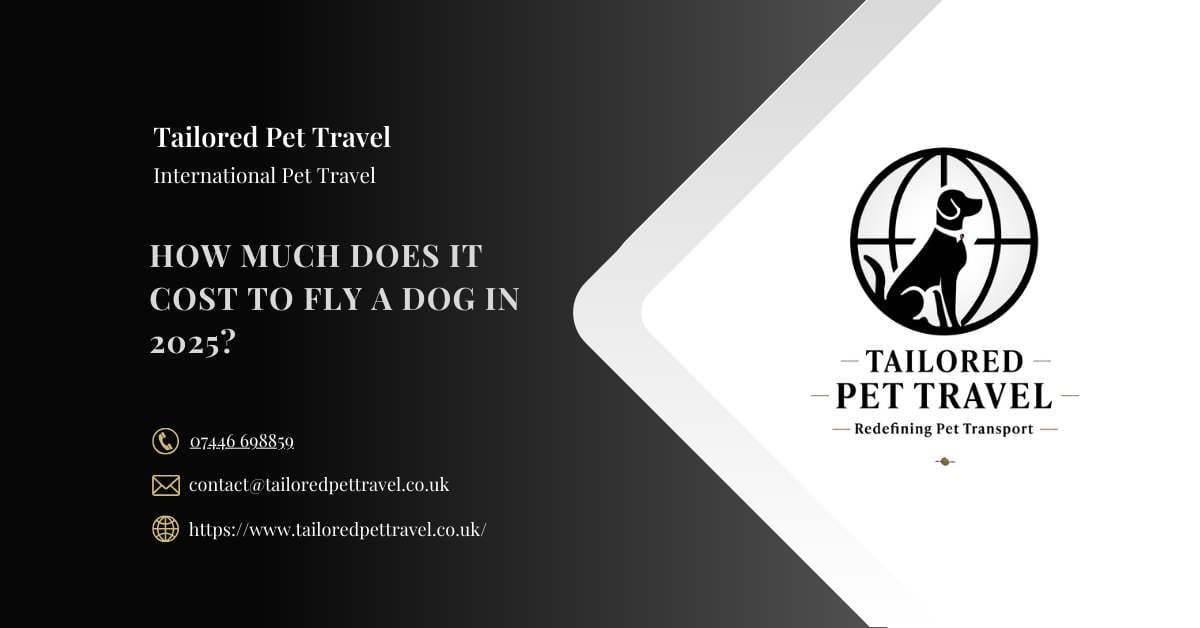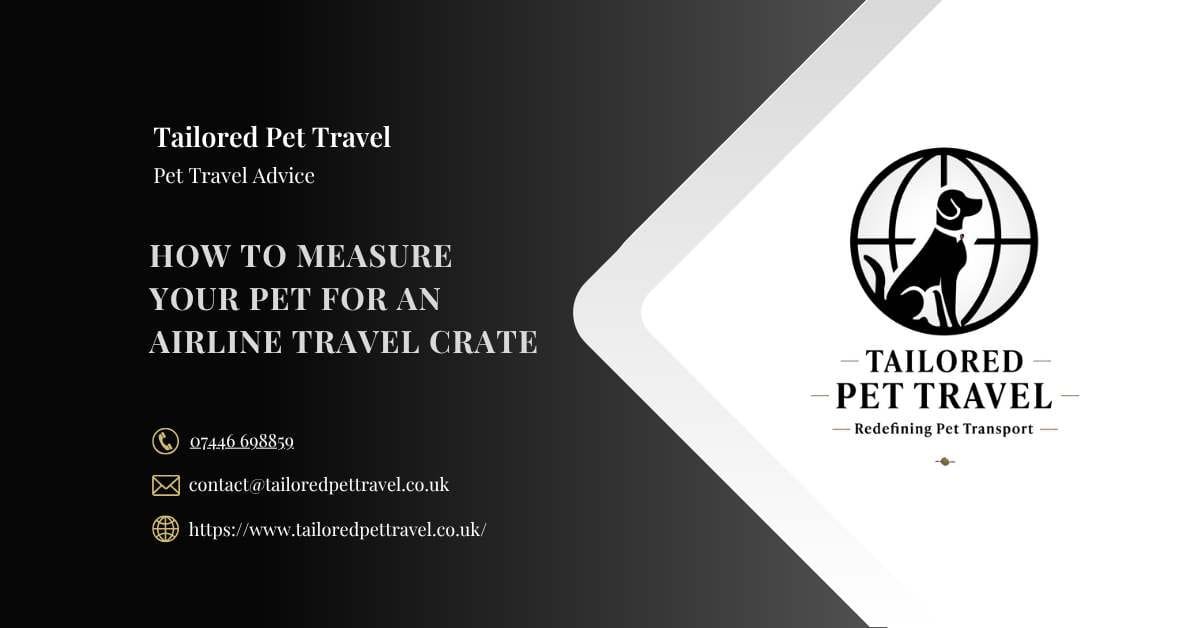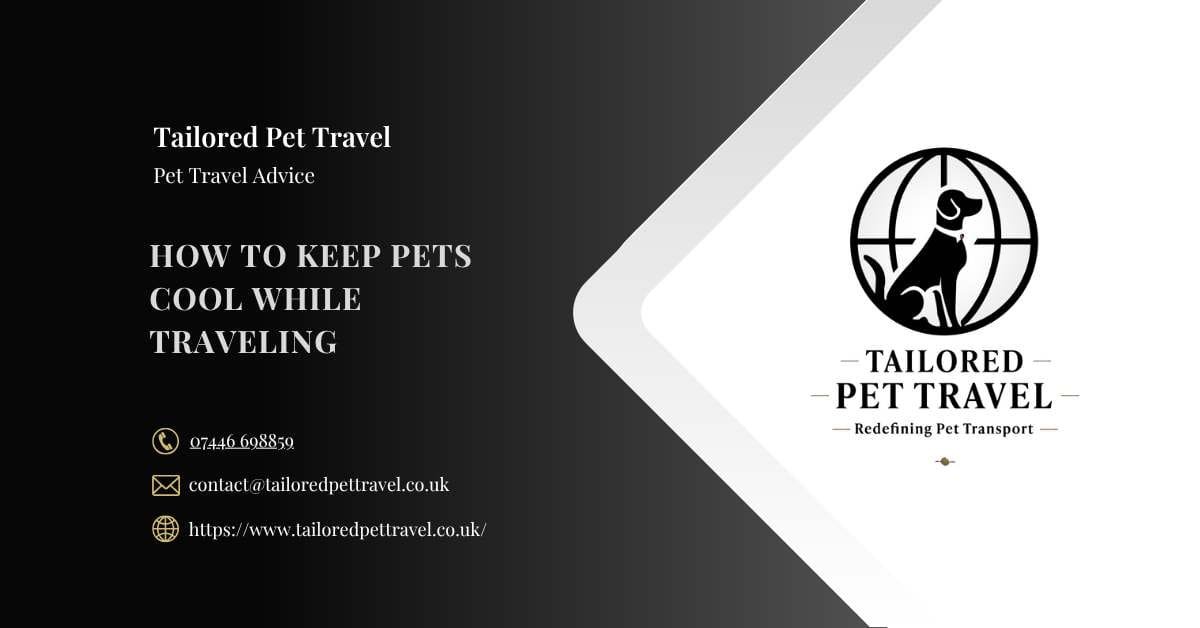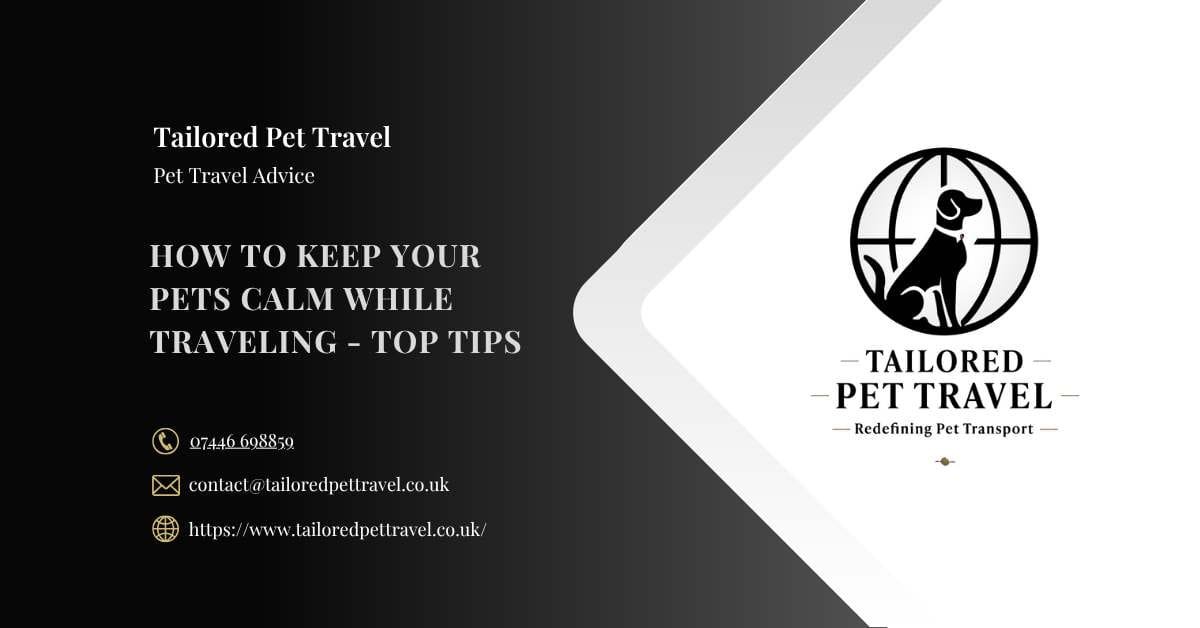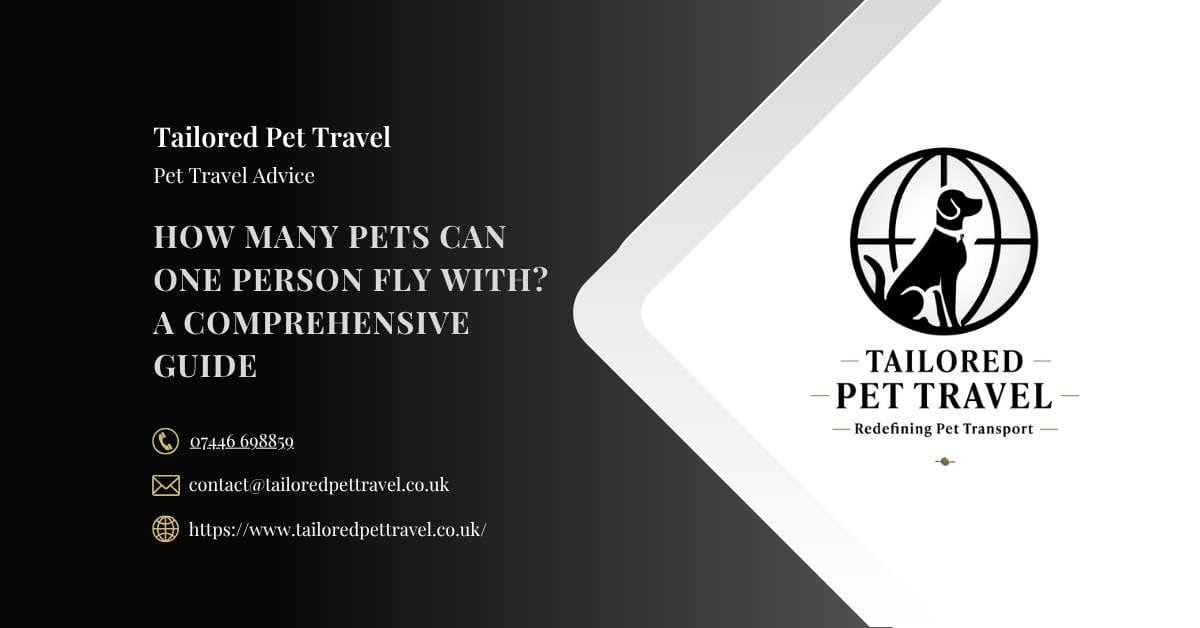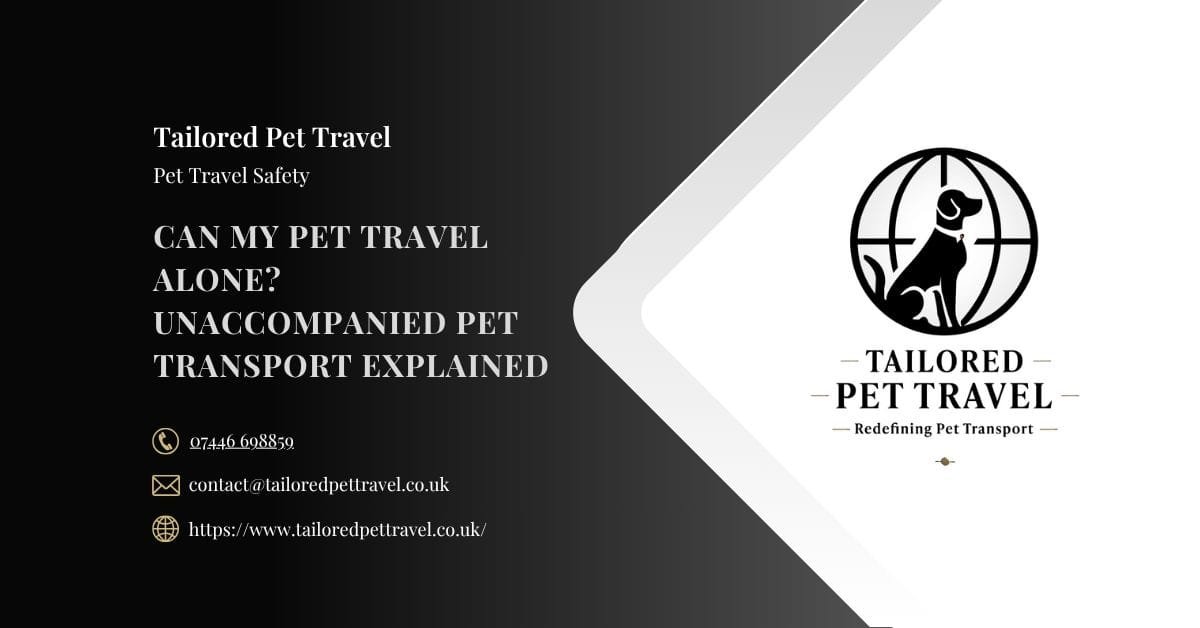How Much Is an Airline Ticket for a Dog?
In 2025, the price of a dog airline ticket typically ranges from around £75 to over £7,000. The final cost depends on several factors, including the pet’s size, flight route, method of transport, and the airline’s pet policy. Smaller dogs can usually fly in the cabin using an airline-approved carrier that fits under the seat. Larger breeds often travel in the cargo hold using regulated pet transport services. For those seeking more comfort, private jet options like K9 Jets and Bark Air now offer pet-first flights, appealing to owners who prioritise calm travel experiences for their dogs.
Here's What We Have Covered In This Article
Standard Airline Travel Costs for Dogs
How Much Does In-Cabin Dog Travel Cost on Major Airlines?
In-cabin dog travel is popular for dogs that meet the size and weight criteria. The pet must remain in a soft-sided, leakproof carrier under the seat throughout the flight. Airlines usually cap the combined weight of the dog and carrier at 9 kilograms. Fees vary depending on the airline and destination.
Examples of In-Cabin Pricing
-
United Airlines: $150 one way
-
JetBlue: $150 per flight segment
-
Delta Airlines: £75 to £160 depending on route and ticket class
-
Air Canada: £40 to £50 for domestic, £80 to £95 for international
Booking early is advised, as there are limited in-cabin pet slots per flight.
Pro Tip: Avoid sedating your dog unless specifically advised by a vet. Instead, use pheromone sprays or calming vests for natural relief.
Plan Your Dog’s Flight With Us
Whether you’re flying across the UK or abroad, we help you book the safest, most affordable way for your dog to travel.
How Much Does Cargo Travel for Large Dogs Cost?
Larger dogs that exceed cabin size limits must travel in the cargo hold, where temperature and air quality are regulated. Airlines such as Lufthansa, Air France, and KLM provide specialist cargo services with dedicated pet handling procedures.
Sample Cargo Pricing
- KLM and Air France: €70 to €200 for hold, €100 to €400 for dedicated cargo
- Lufthansa: €160 to €380 depending on crate dimensions and weight
- American airlines: £160 to £800 depending on travel distance and breed-specific requirements
Using services like IAG Cargo (British Airways) or United’s PetSafe ensures your pet is handled according to industry-standard protocols. These options are widely used during relocations and for transporting pets internationally.
Our international pet travel guide details required documents including rabies certification and health certificates.
Need Help With Pet Travel Documents?
Confused by crate rules, passports, and pet health paperwork? Let our team take care of it.
The Rise of Luxury Pet Travel
Are Private Jet Services for Dogs Worth the Cost?
Private jets designed for dogs have become more common. Bark Air and K9 Jets are two such services providing canine-centric travel experiences. These flights often include premium carriers, pet concierge support, onboard care, and pet social areas.
Private Jet Pricing
- Bark Air: Starts at £4,700 for domestic US flights, £6,250 to London
- K9 Jets: From £7,000 on routes such as London to New Jersey
These flights cater to high-net-worth pet owners and families relocating abroad. Owners choose this option to avoid commercial travel stress and guarantee personalised pet care. Both Bark Air and K9 Jets now offer shared-seat charters, where passengers pay per pet seat rather than full aircraft cost, making premium pet travel more accessible.
How Are Airline Pet Travel Policies Changing Around the World?
Several countries and airlines are adapting pet travel rules. Virgin Australia is testing in-cabin pet seating. Italian carriers now allow medium-sized breeds in passenger cabins. Airlines in Southeast Asia and India are rolling out upgraded pet-friendly services as demand increases.
The Lufthansa pet travel page outlines crate regulations, check-in procedures, and breed exclusions.
Pro Tip: Always double-check airline policies a week before your flight, as pet travel rules can change quickly without notice.
Innovations and Technology in Dog Travel
Which Devices and Tools Help Keep Dogs Safe During Air Travel?
New technology has made it easier to monitor pets during flights. From biometric collars to airline-integrated tracking apps, owners have more tools to ensure their dog’s comfort and safety.
Dog Travel Gadgets
-
Smart collars such as Fi and PetPace that track stress levels, heart rate, and GPS location
-
Airline-approved crates fitted with LTE-enabled tracking modules
-
Mobile apps like Tractive and Pawfit providing real-time health alerts and escape detection
These tools provide peace of mind to owners, especially during long-haul flights or cargo transport, by offering accurate, real-time data on their pets’ wellbeing.
Preparing to Fly with Your Dog
What Documents and Equipment Do You Need for Dog Air Travel?
Preparation is key for a smooth flight. Airlines require proper documentation and compliant equipment to allow your dog onboard or in cargo.
Steps to Prepare
-
Microchip registration and vaccine certification are mandatory
-
International flights require an Animal Health Certificate or pet passport
-
The crate must meet IATA standards, be properly ventilated, and offer space for the dog to stand and lie comfortably
Are There Restrictions on Dog Breeds When Flying?
Airlines often restrict snub-nosed breeds such as French Bulldogs and Shih Tzus due to respiratory sensitivities. Check each airline’s breed and weight guidelines before booking. Cabin space is limited, so early reservations improve your chance of securing a spot.
Refer to the UK Government’s pet travel rules to ensure you meet all legal entry conditions.
FAQs
Can dogs fly free on any airline?
Only service dogs with valid documentation are exempt from pet fees. All other dogs require a paid reservation.
What is the safest method for flying a large dog?
Choose a cargo service with trained handlers, climate controls, and breed-appropriate equipment.
Do all airlines accept dogs?
No, some budget and international airlines restrict pet travel. Always check policies in advance.
Is it safe to sedate a dog before a flight?
Speak to your vet before giving any sedatives. Some medications may interfere with breathing or cause disorientation at altitude.

